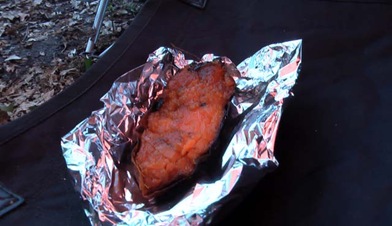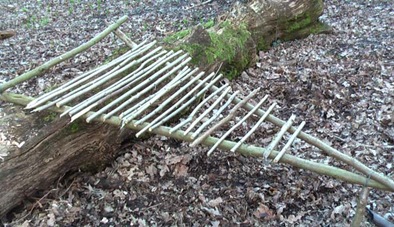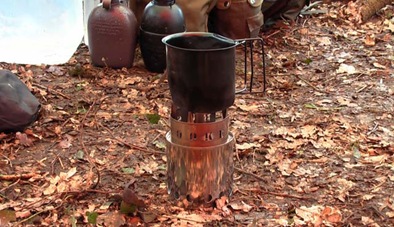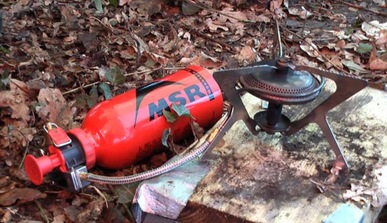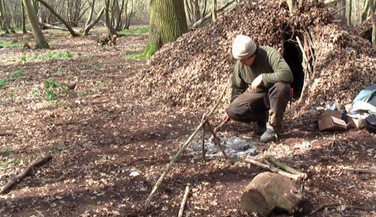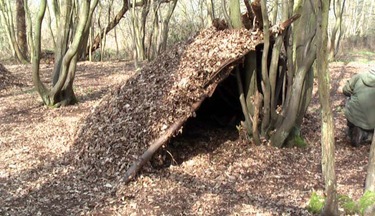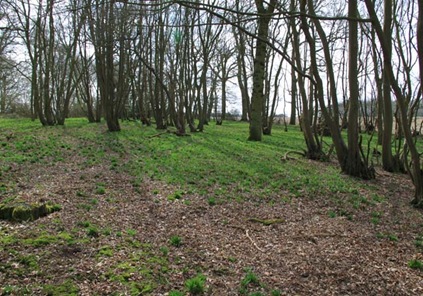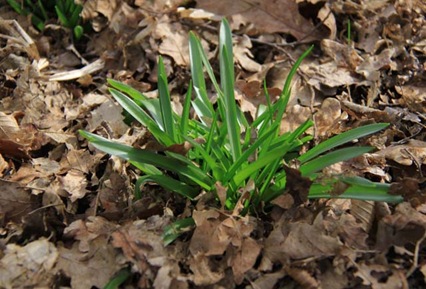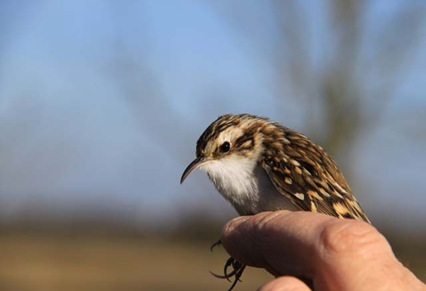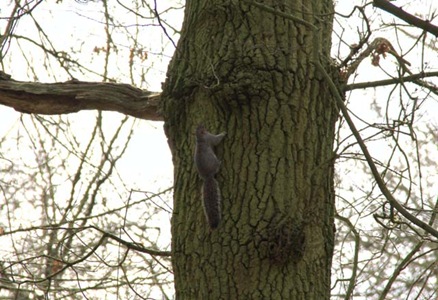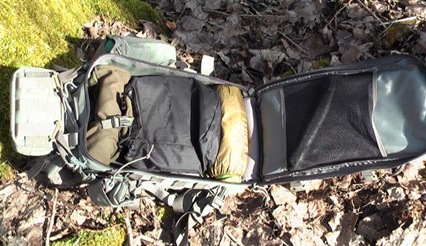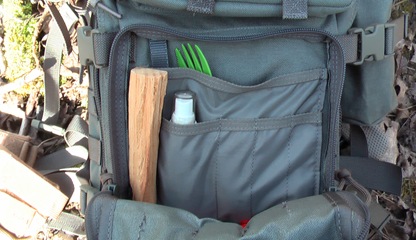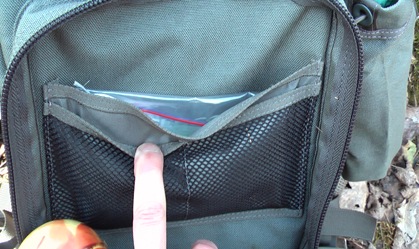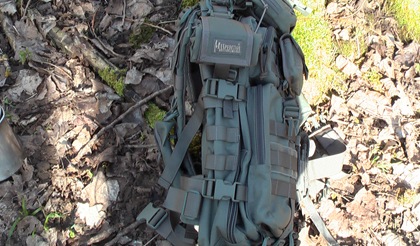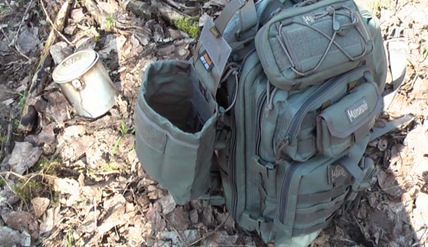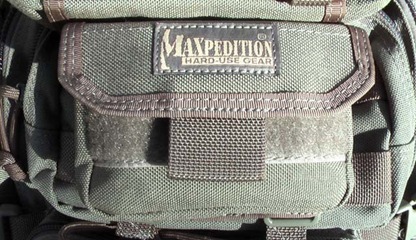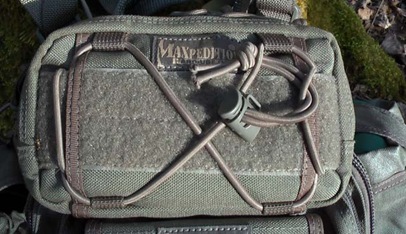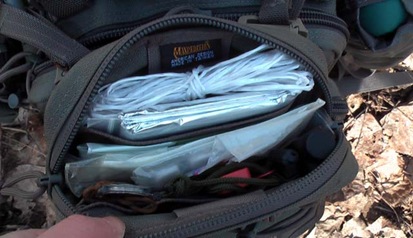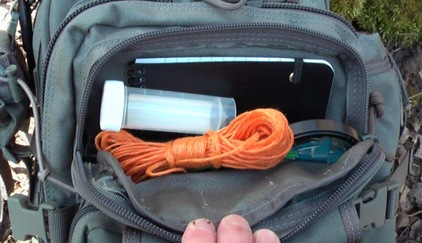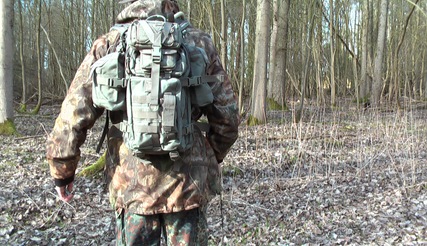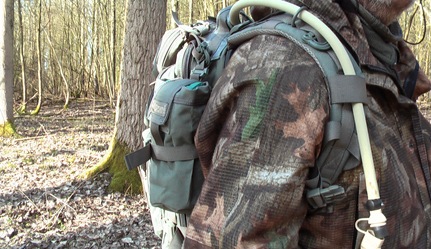This weekend saw me helping out Wildcrafts School in Essex. Apart from introducing new people to the world of Bushcraft, it seemed as though Bush Tucker was high on the agenda for the weekend.
A few nice crayfish came up from the lake and these were dispatched and cooked up with some garlic.
This was closely followed by sweet potatoes cooked up by Scrivy with maple syrup, rum and a couple more ingredients I’ve forgotten (but I’ll edit the post once I know).
We had a go at tapping birch again and the tree generously gave up some refreshing liquid. We also tapped Hornbeam which is a first for me. The sap came out just as fast but I noticed it wasn’t quite as sweet as birch sap but just as refreshing.
We learnt our lesson from last time and didn’t spit roast the Roe deer (brought along by Adam from the National Trust). Instead, Scrivy butchered the carcass and placed it on a green stick framework for a green-stick BBQ. The result was a wonderfully tender venison that was cooked in a third of the time.
Still on the subject of cooking, we tested out three very different types of stove. Firstly, Andy’s bushcooker with a stainless meths burner. This is a very similar set up to my bushbuddy and trangia burner set up. The bushcooker looks equally efficient as the bushbuddy (and cheaper) but on this occasion we were testing it out in meths mode. 1/2 litre of water took 17 minutes to boil.
Next came Simon’s excellent MSR multi-fuel Simmer lite. This took just 4 mins for the water to reach a rolling boil. I’m quite impressed by these multi fuel cookers and have never really considered them before. I think they deserve a closer look.
Finally, I tried out my Crusader cooker with hexy blocks. The water took 13 minutes to boil.
I think this confirms what we all knew already, and at the end of the day the water boiled! But the choice of stove very much depends on what you are going to cook up and where.
Back to the bushcraft course and the lads on the course were doing extremely well with fire lighting and food prep. The squirrel got a mixed reaction. But as Les pointed out, the squirrel taste will vary depending on it’s diet and autumn may be a better time to eat them.
Les led the way around the wood pointing out edible food pushing their way through the woodland floor and more pertinently, what wasn’t edible. The leaves and petals of this Primrose are edible.
The tracking session went very well as we picked up a couple of fresh Fallow tracks right from the start and followed them for a 100 yards or so. We also found good evidence of feeding signs.
A break though moment came when, still following the Fallow trail, we were ageing a series of Fallow deer scat. As we walked through the woods the scat got more recent until at best guess we decided the still sticky and shiny Fallow scat was about 10 – 15 minutes old. Low and behold, we saw the shapes of some deer through the thick brambles. Unfortunately, they didn’t hang around.
A study of one narrow trail revealed a multitude of mammal movement including Fallow, Muntjac, and Badger.
A lot of time is spend on shelter building as the subject is so important, and quite rightly, the lads were proud of their efforts. Here’s the pics as promised.
Thanks to everyone for a great weekend.

